German Red Cross Officer Dress Dagger
SKU: 70.GOR.04.01.001
Estimated market value:
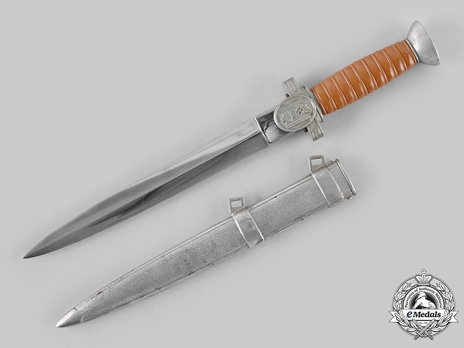
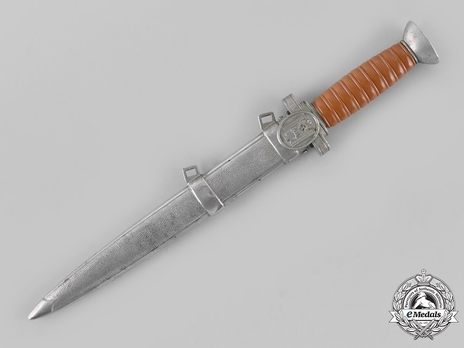
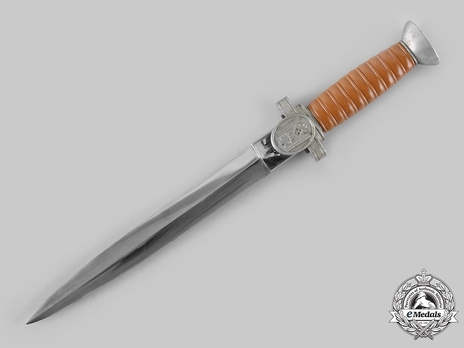
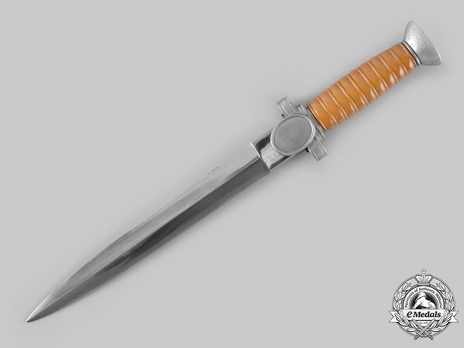
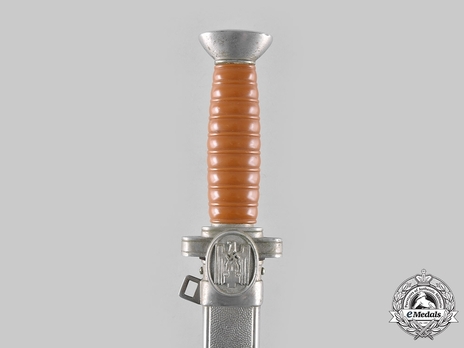
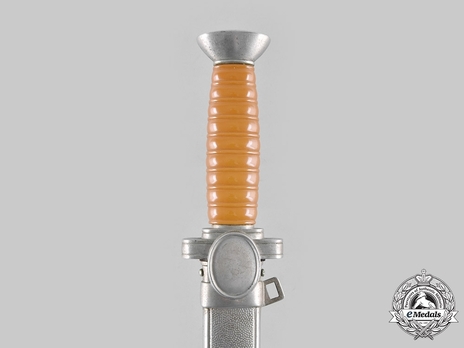
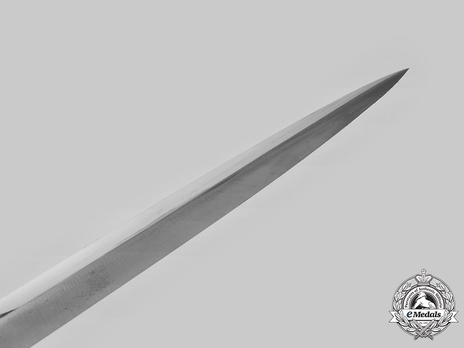
Estimated market value:
Attributes
History
Following the First World War, the German Red Cross (Deutsches Rotes Kreuz, DRK) was threatened in its existence by the Treaty of Versailles, since the organisation was mainly focused on preparing its members for war and military-related medical service. This resulted in the DRK switching focus to social welfare activities during the time of the Weimar Republic.
The stipulations enforced by the Treaty of Versailles were declared null and void following the NSDAP’s consolidation of power in 1933. The new Reich Minister of the Interior, Wilhelm Frick, an NSDAP member, ensured that the DRK would be ready to support all of the Third Reich’s future military affairs and political ideologies. In 1938, the DRK was merged with the Ministry of the Interior’s Social Welfare Organisation, officially becoming an organisation under NSDAP oversight. The DRK also had ties to the SS, mainly due to high-ranking medical professionals serving in both organisations simultaneously.
The Red Cross Officer Dress Dagger was introduced in 1938, and it was only permitted for wear by paid, full-time, male Red Cross employees who held an Officer rank, ranging from Wachtführer to Generalhauptführer. Since the DRK had to uphold the Geneva Convention, its members were not allowed to carry pointed edged weapons. Thus the Officer Dress Dagger, which has a pointed tip, was only used as part of the service dress uniform; it was not permitted for wear in the field.
The handle of the dagger is made up of the pommel, the grip, and the crossguard. The metal fitting are generally composed of pot metal with a dull nickel plating. The pommel has a plain, oblong shape and a multi-slotted screw cap, flush with the flat top of the pommel. The grip is grooved, with 9 wide and 10 narrow alternating horizontal bands. The grip was originally produced of light yellow celluloid, but as a result of aging, the grip generally appears dark yellow or orange. The crossguard arms are rectangular-shaped with rounded ends, and the obverse and reverse crossguard have an oval plate. The obverse plate features the 1938 2nd pattern DRK eagle, while the reverse tends to be blank, but in rare instances may be stamped with the wearer’s unit number or even the unit control number.
The blade is composed of steel, while the ricasso areas are nickel-plated. The blade itself is double-edged with a pointed tip and highly polished. Manufacturer marks are very rare on these daggers, but when present, they are stamped on the blade’s tang.
The scabbard is composed of a nickel-plated alloy, and the front and back facings are pebbled. All other surfaces on the scabbard have a polished finish. The scabbard has two suspension bands, at the top and middle of the scabbard. The bands end in a rectangular, upwards angled, hanger ramps. These ramps may have a circular or rectangular hole. Some researchers believe the circular holes were for German Social Welfare daggers, while those with rectangular holes were for German Red Cross Dress Daggers, but there is no documentation that supports these theories.
The DRK dagger hangers have two straps and dull aluminum buckles and hooks, the buckles are oval and plain. The hanger backing is composed of light grey velvet or light-coloured corduroy, while the facing has sections of dull and bright aluminum wire, two interior stripes of bright aluminum, and three alternating stripes of dull aluminum. The bright aluminum sections are bordered by thin red stripes.
The Social Welfare Dagger is identical to the Red Cross Leader's Dagger, with the exception of the dagger hangers it uses. The Social Welfare dagger hangers have two straps and dull aluminum buckles and hooks, the buckles are rectangular and pebbled. The hanger backing is composed of light grey velvet, while the facing is composed of dull aluminum wire, with two thin blue-grey sections.
While the portapee/sword knot is not an official feature of the Red Cross Officer Dress Dagger, a silver bullion portapee was often tied around the dagger's handle.


Comments
Sign in to comment and reply.


Scroll Top